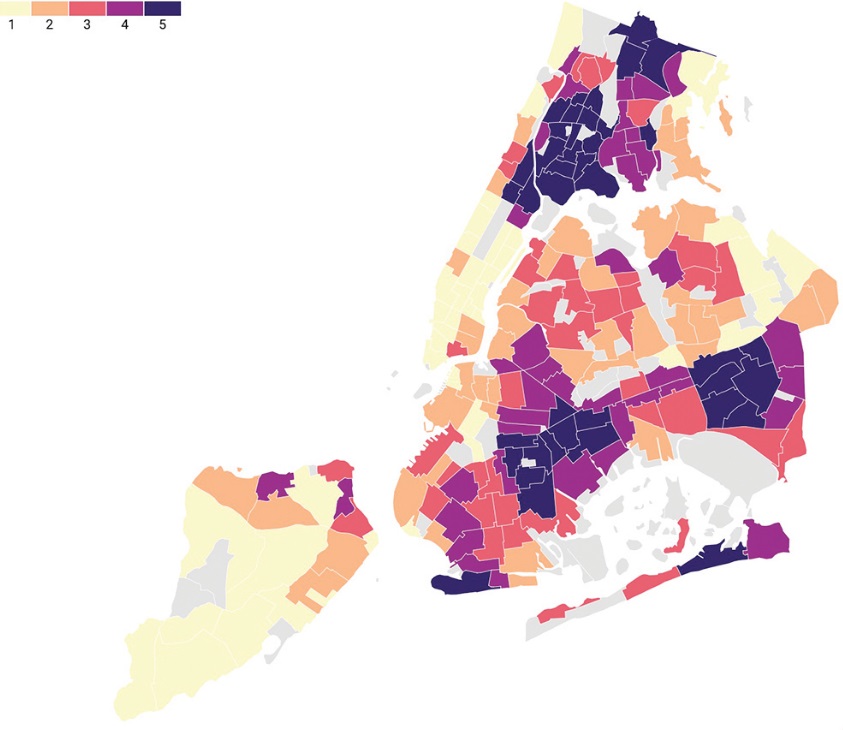New York City Department of Health reports 500 people die from heat waves each year

The New York City Department of Health released the 2025 New York City Heat-Related Mortality Report on the 30th, outlining the loss of life caused by high temperatures to New York residents in recent years. The report shows that between 2018 and 2023, there will be an average of about 525 heat-related deaths in New York City each year, most of which are deaths caused by heat exacerbation, that is, deaths caused by heat exacerbation of existing health conditions such as heart disease.
There are an average of 5 deaths from heat stroke directly caused by high temperatures each year. The average annual number of heat-related deaths accounts for about 3% of the total number of deaths in the warm season from May to September each year.
Over the past 10 years, as the climate in New York City has warmed, the number of deaths related to heat has increased significantly compared with the previous 10 years. However, the number of indirect deaths of more than 500 people each summer is basically the same as in previous years.
“Climate change is a major driver of rising temperatures in New York City. This change is causing higher than average heat deaths among African and low-income New Yorkers, and as the City experiences another heat wave, we encourage those without air conditioning to use cooling centers. We also encourage residents to check in on their neighbors and loved ones, especially older adults. Extreme heat is a public health issue, and the NYC Department of Health is here to help,” said Acting Health Commissioner Dr. Michelle Morse.
The new report reveals a stark reality: Extreme heat kills 500 New Yorkers every summer, most of them in homes without air conditioning, with the risk greatest in communities that already face severe health and housing inequities, said Zach Iscol, Commissioner of NYC Emergency Management. “Extreme heat is the deadliest weather hazard in New York City, claiming more lives than hurricanes, floods, or winter storms. We thank the Department of Health for producing this report and for being an integral partner in the City’s heat response plan. Their real-time monitoring allows us to respond faster and direct resources to where they are needed most.”








